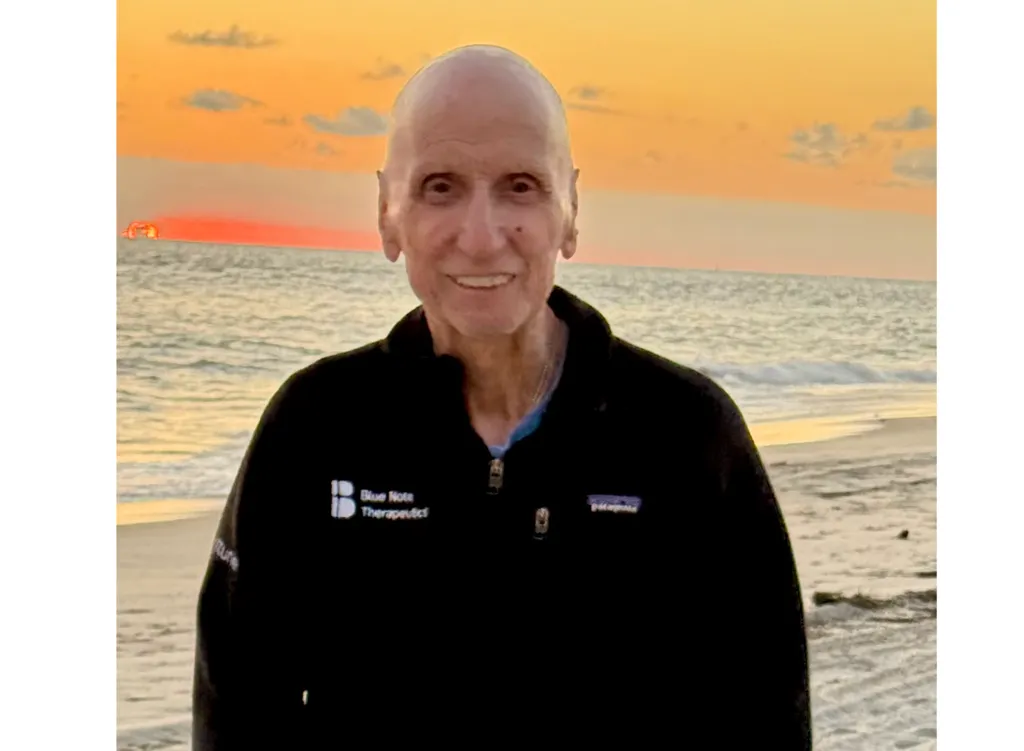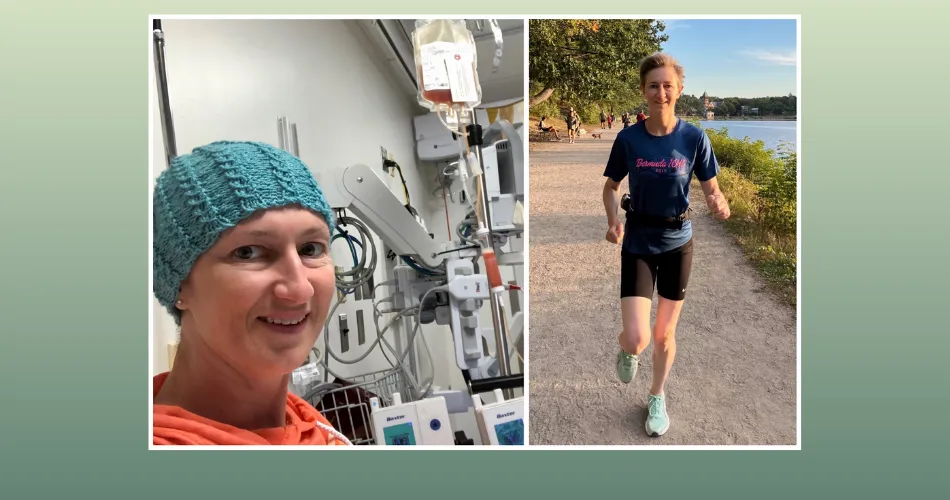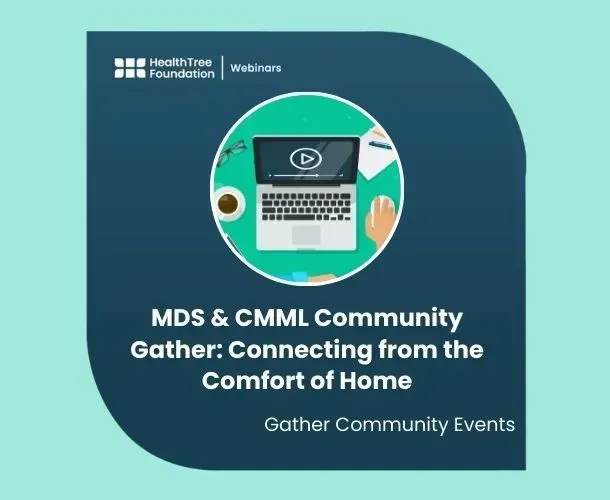How Long Will I Live with Acute Myeloid Leukemia?
Acute myeloid leukemia (AML) is a complex disease with a variable prognosis. The life expectancy for someone with AML can depend on many factors, including the patient's age, overall health, the subtype of AML, and the specific genetic mutations present in the leukemia cells. It's important to note that while statistics can provide a general idea about most people's experiences, they can't predict any individual's specific outcome.
What Are the Statistics for Acute Myeloid Leukemia's Life Expectancy?
A 5-year survival rate is a statistic used in cancer research to describe the percentage of individuals diagnosed with a disease who are still alive 5 years after their diagnosis. It is a commonly used measure to assess the prognosis or outcome of a specific disease and provides valuable information about the likelihood of survival over a defined period of time.
The higher the survival rate, the more favorable the outcome. According to the American Cancer Society, the 5-year survival rate for people under the age of 60 diagnosed with AML is around 30-40%. For people over the age of 60, the 5-year survival rate drops to less than 20%. However, these statistics are averages and the survival rate can vary widely depending on specific factors related to the patient and the disease.
The estimated new cases of AML in 2024 are 20,800 while the estimated deaths are 11,200. Death rates from acute myeloid leukemia are higher among older adults, or those 65 and older. The death rate was 2.7 per 100,000 men and women per year based on 2018–2022 deaths. It's important to highlight that every year new treatment options are being researched with the goal of extending life expectancy and reducing death rate.
What Factors Affect AML Prognosis?
- Age: Younger patients generally have a better prognosis than older patients.
- Overall health: Patients in good overall health are more likely to tolerate treatment and therefore may have a better prognosis.
- AML subtype: Some subtypes of AML have a better prognosis than others.
- Genetic mutations: Certain genetic mutations can affect the prognosis. For example, mutations in the FLT3 gene has been traditionally associated with a poorer prognosis although this is changing with newer targeted therapies.
- Response to treatment: Patients who respond well to initial treatment often have a better prognosis.
It's important to note that survival statistics are general trends and a patient's individual prognosis can vary greatly. Each patient's case is unique and should be discussed with their healthcare provider. Having an AML specialist on your team provides you with the best way of truly understanding your prognosis. Visit HealthTree's AML Specialist Directory to find an AML expert near you.
Frequently Asked Questions (FAQ) on AML Survival
- Is Acute Myeloid Leukemia the deadliest cancer? (most aggressive)
The concept of deadly cancer can be vaguely interpreted and brings some misconceptions to newly diagnosed patients. AML is a rare blood cancer, while it's true that it can be considered an aggressive disease, because of the rapid growth rate and the challenges that current treatments present; it is difficult to treat and likely to stop responding to treatments. These challenges present an opening for new research opportunities and treatment advances to expand options for AML patients.
- What is the survival rate of leukemia Acute Myeloid Leukemia?/ How long can you live with AML?
According to data from 2014-2020 the estimated 5 year relative survival is 31.9%.
- Is Acute Myeloid Leukemia fatal?
AML is a type of blood cancer, unfortunately it is considered a chronic condition. If left untreated, it can be considered life-threatening.
- Can you survive Acute Myeloid Leukemia?
With treatment, acute myeloid leukemia can be controlled, and the symptoms can be alleviated. Research and participation in clinical trials can improve AML's survival rate. With HealthTree Cure Hub, you can, too, actively participate in accelerating research.
- How serious is Acute Myeloid Leukemia?
Acute myeloid leukemia (AML) is considered aggressive because the rapid growth of cancer cells which produce various symptoms that may impair a person's health and life quality.
- Can you fully recover from Acute Myeloid Leukemia?
When speaking of blood cancers, especially acute myeloid leukemia (AML), the term that refers to "recovery" or "cure" is complete remission (CR), which means that no more cancer cells are detected in the body. With treatments like the hematopoietic stem cell transplant (HSCT), the complete remission can be achieved. Determining the best treatment for you should be consulted with an AML specialist.
Stay Informed with AML News
Explore the latest AML news, including patient stories, treatment breakthroughs, and expert insights so you can make confident, informed decisions.
Sources:
Acute myeloid leukemia (AML) is a complex disease with a variable prognosis. The life expectancy for someone with AML can depend on many factors, including the patient's age, overall health, the subtype of AML, and the specific genetic mutations present in the leukemia cells. It's important to note that while statistics can provide a general idea about most people's experiences, they can't predict any individual's specific outcome.
What Are the Statistics for Acute Myeloid Leukemia's Life Expectancy?
A 5-year survival rate is a statistic used in cancer research to describe the percentage of individuals diagnosed with a disease who are still alive 5 years after their diagnosis. It is a commonly used measure to assess the prognosis or outcome of a specific disease and provides valuable information about the likelihood of survival over a defined period of time.
The higher the survival rate, the more favorable the outcome. According to the American Cancer Society, the 5-year survival rate for people under the age of 60 diagnosed with AML is around 30-40%. For people over the age of 60, the 5-year survival rate drops to less than 20%. However, these statistics are averages and the survival rate can vary widely depending on specific factors related to the patient and the disease.
The estimated new cases of AML in 2024 are 20,800 while the estimated deaths are 11,200. Death rates from acute myeloid leukemia are higher among older adults, or those 65 and older. The death rate was 2.7 per 100,000 men and women per year based on 2018–2022 deaths. It's important to highlight that every year new treatment options are being researched with the goal of extending life expectancy and reducing death rate.
What Factors Affect AML Prognosis?
- Age: Younger patients generally have a better prognosis than older patients.
- Overall health: Patients in good overall health are more likely to tolerate treatment and therefore may have a better prognosis.
- AML subtype: Some subtypes of AML have a better prognosis than others.
- Genetic mutations: Certain genetic mutations can affect the prognosis. For example, mutations in the FLT3 gene has been traditionally associated with a poorer prognosis although this is changing with newer targeted therapies.
- Response to treatment: Patients who respond well to initial treatment often have a better prognosis.
It's important to note that survival statistics are general trends and a patient's individual prognosis can vary greatly. Each patient's case is unique and should be discussed with their healthcare provider. Having an AML specialist on your team provides you with the best way of truly understanding your prognosis. Visit HealthTree's AML Specialist Directory to find an AML expert near you.
Frequently Asked Questions (FAQ) on AML Survival
- Is Acute Myeloid Leukemia the deadliest cancer? (most aggressive)
The concept of deadly cancer can be vaguely interpreted and brings some misconceptions to newly diagnosed patients. AML is a rare blood cancer, while it's true that it can be considered an aggressive disease, because of the rapid growth rate and the challenges that current treatments present; it is difficult to treat and likely to stop responding to treatments. These challenges present an opening for new research opportunities and treatment advances to expand options for AML patients.
- What is the survival rate of leukemia Acute Myeloid Leukemia?/ How long can you live with AML?
According to data from 2014-2020 the estimated 5 year relative survival is 31.9%.
- Is Acute Myeloid Leukemia fatal?
AML is a type of blood cancer, unfortunately it is considered a chronic condition. If left untreated, it can be considered life-threatening.
- Can you survive Acute Myeloid Leukemia?
With treatment, acute myeloid leukemia can be controlled, and the symptoms can be alleviated. Research and participation in clinical trials can improve AML's survival rate. With HealthTree Cure Hub, you can, too, actively participate in accelerating research.
- How serious is Acute Myeloid Leukemia?
Acute myeloid leukemia (AML) is considered aggressive because the rapid growth of cancer cells which produce various symptoms that may impair a person's health and life quality.
- Can you fully recover from Acute Myeloid Leukemia?
When speaking of blood cancers, especially acute myeloid leukemia (AML), the term that refers to "recovery" or "cure" is complete remission (CR), which means that no more cancer cells are detected in the body. With treatments like the hematopoietic stem cell transplant (HSCT), the complete remission can be achieved. Determining the best treatment for you should be consulted with an AML specialist.
Stay Informed with AML News
Explore the latest AML news, including patient stories, treatment breakthroughs, and expert insights so you can make confident, informed decisions.
Sources:
Get the Latest Acute Myeloid Leukemia Updates, Delivered to You.
By subscribing to the HealthTree newsletter, you'll receive the latest research, treatment updates, and expert insights to help you navigate your health.
Together we care.
Together we cure.
3x Faster.






